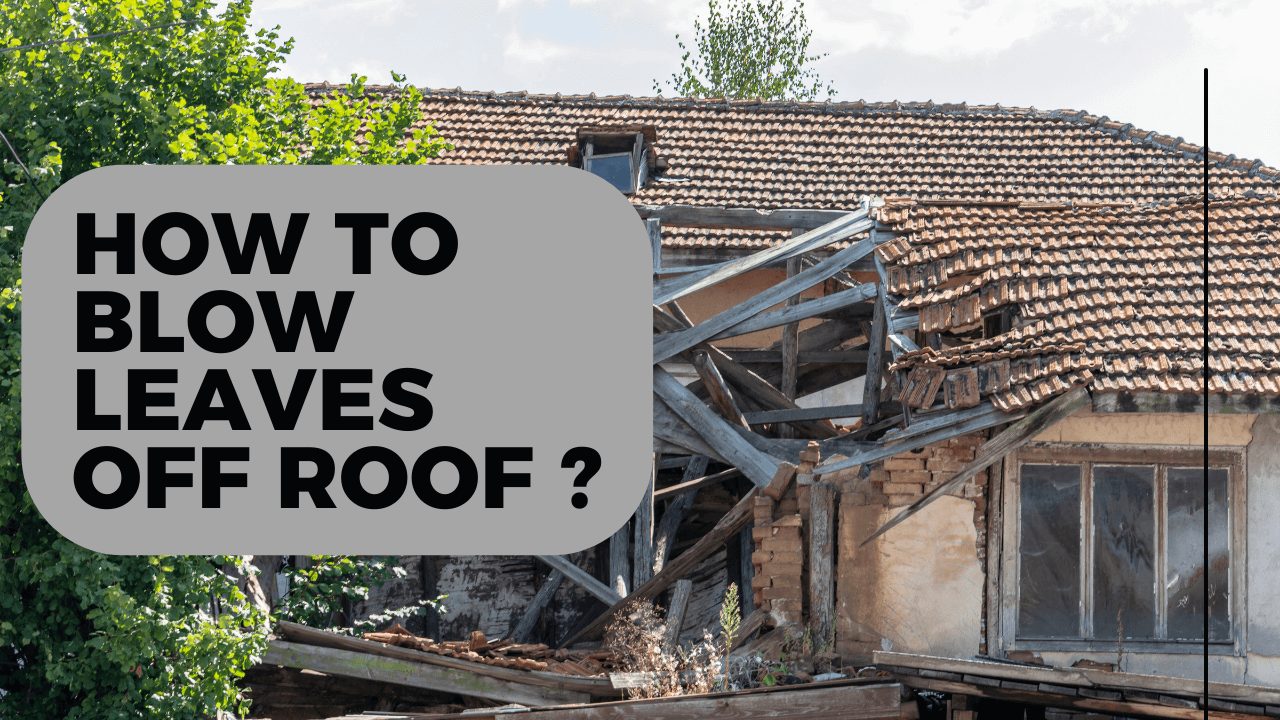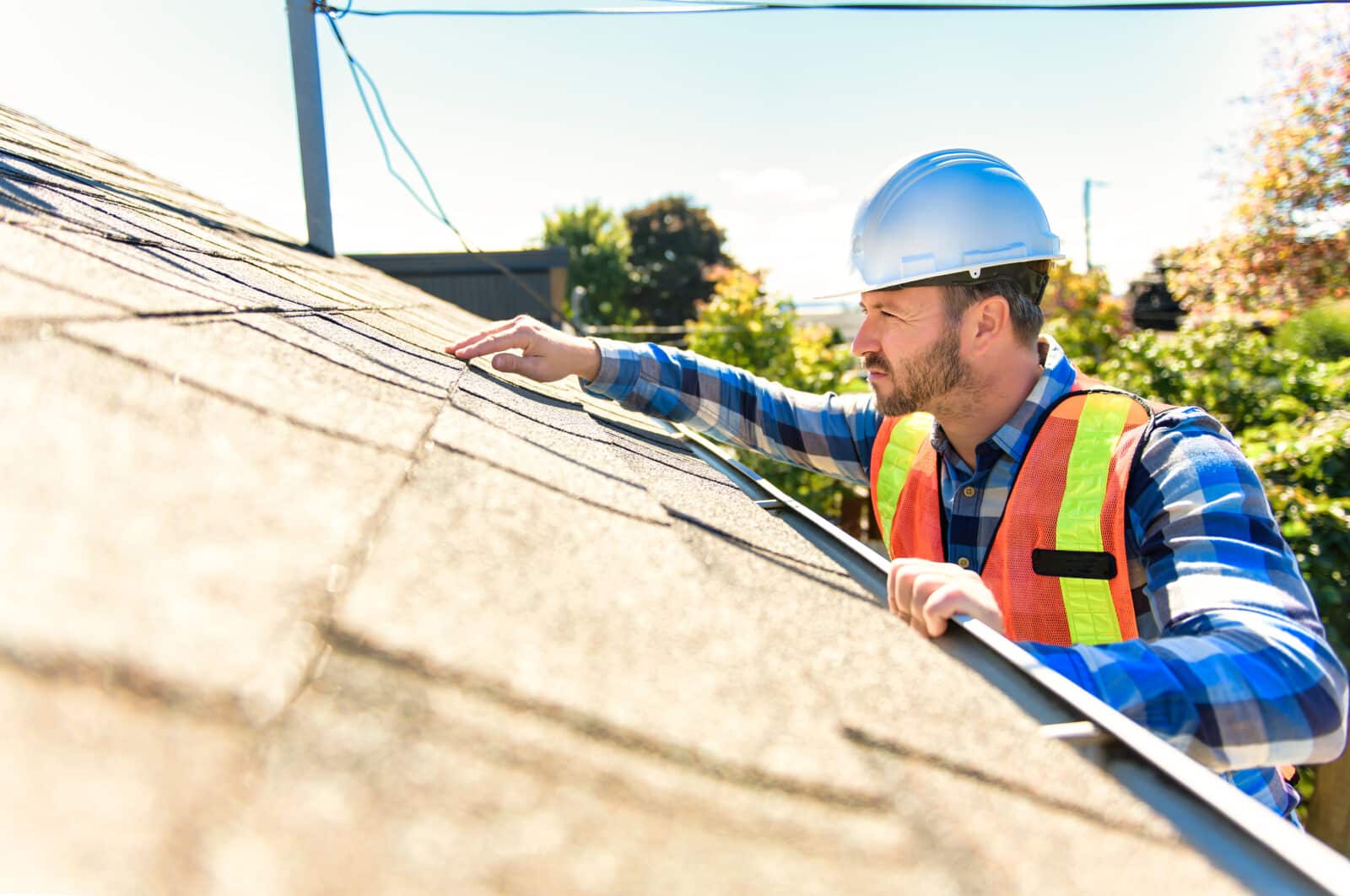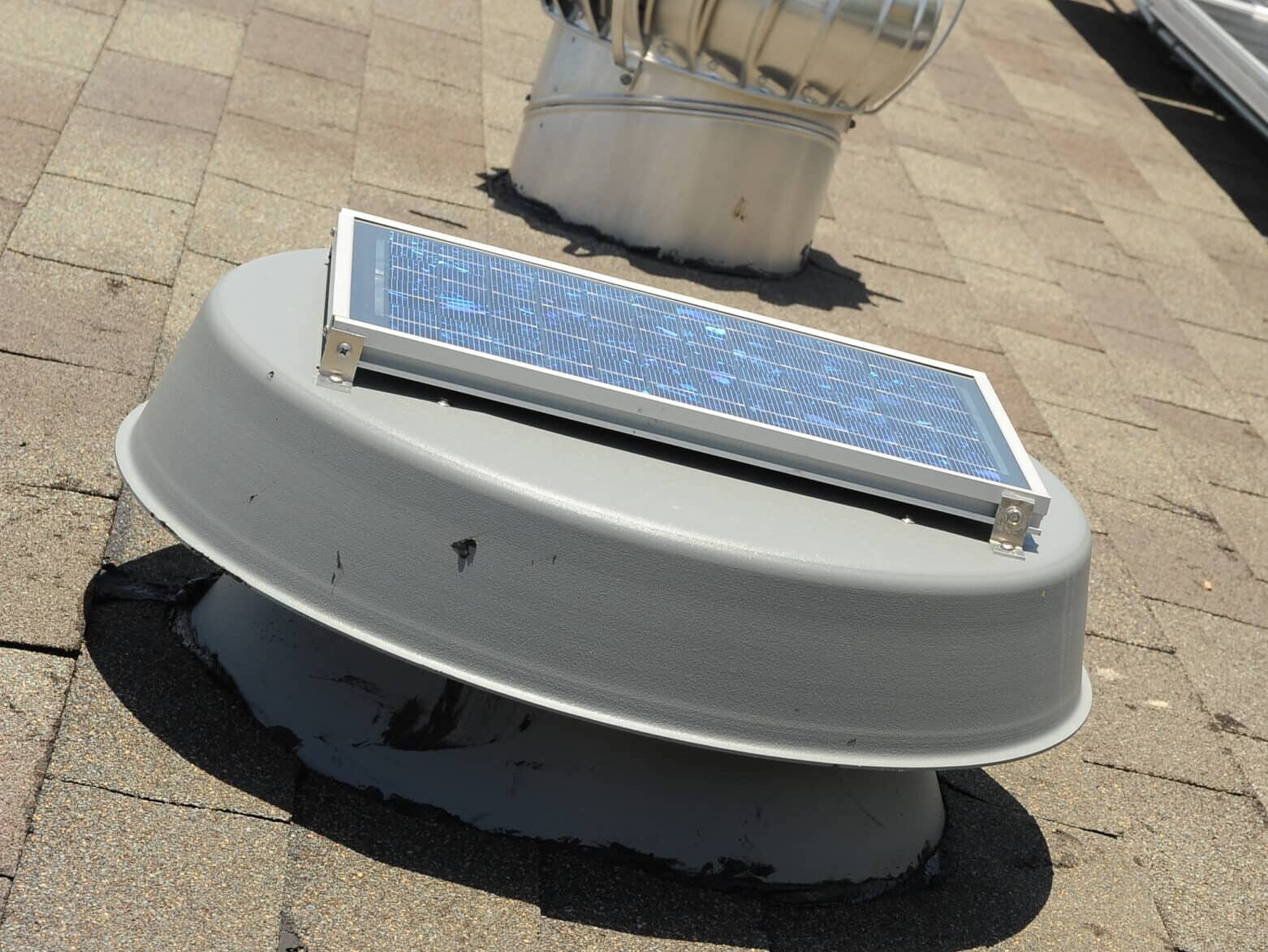It’s just as necessary to clean your roof as it is to clean your home. We want to make the case that it’s more important. What’s the sense of having a home if you don’t have a roof over your head? When leaves, branches and other debris build-up on your roof, it can cause serious problems inside your home.
This debris can harm the roofing, obstruct gutters, and result in leaks. Cleaning your roof correctly might mean the difference between an expensive repair and a fully functional shelter. We strongly advise you to follow this advice for properly cleaning your roof.
If your roof is steep, don’t try to blow leaves off it. To properly remove leaves from your roof, use a roof rake. If you have a low-pitched roof, climb onto the roof, then use a rope linked to the handle to pull your leaf blower up.
Blow leaves towards an edge where there are no gutters after you’re safely on the roof. Use a roof rake or a powerful blower to clear dead leaves from your roof before winter.
Table of Contents
Method To Blow Off Leaves From The Roof
Use a roof rake or a powerful blower to remove leaves off your roof. The pitch of your roof will determine the tools you employ and your level of comfort.
For blowing leaves from a low-pitched roof, for example, a leaf blower will suffice. A roof rake can be used to clear leaves and other debris from a high-pitched roof. A broom linked to an extension pole might also be utilized in a pinch.
For a long-term remedy, cut any tree branches that are touching your roof. Leaves will fall onto your yard rather than your roof as a result of this. This will keep insects from bridging your home with tree branches.
Why Don’t You Leave The Leaves On The Roof?
Even seemingly innocuous items can cause substantial damage to your roof and bring you much grief. Take precautions! When they’re on your roof, they can form clumps and collect additional water. As a result, the shingles become brittle and decay.
At least once a year, it’s a good idea to get your roof cleaned by professionals. It’s frequently enough to spot problems early on and prevent them from worsening.
Leaves on your roof gather water, resulting in the growth of moss, algae, and mold. Wet leaves can also cause roof leaks and gutter damage by clogging gutters. Getting rid of leaves is much less expensive than paying for roof repairs. Cleaning a recently installed roof or is in good condition may only be required every two years.
A Few Considerations To Blow Leaves Off Roof
Climbing onto your roof to clear fallen leaves with a leaf blower can appear dangerous and time-consuming. On the other hand, Roof cleaning requires very little special equipment and may be done by oneself. You can stay safe while removing leaves from your roof like an expert if you follow the instructions below.
Blow Off The Leaves Before Rain
When cleaning your leaves, choose a day with little wind and no rain in the forecast. It’s also a good idea to pick a day that hasn’t seen any recent rain. The most basic reason for this is that dry leaves are significantly easier to remove from your roof than wet ones.
Wet leaves stick to roof shingles, making blowing them away significantly more difficult. When there is little or no wind, it is also much easier to direct leaves away from your roof.
A day that is dry and wind-free not only makes your work easier but also keeps you safer. On a dry roof, your footing will be considerably more secure than on a slick, wet one. When working on a roof, though, it’s preferable to wear work boots or slip-resistant shoes.
Avoid Climbing On The Steep Roof Directly
Use a sturdy ladder to safely ascend onto your roof if it has a low pitch. Even if you know your roof isn’t steep, you should exercise caution when climbing upon it. Climb onto the roof at its lowest point using a strong ladder.
As you climb the ladder, do not attempt to bring any tools up with you. If at all feasible, enlist the help of a friend to keep the ladder steady as you climb.
Avoid Damaging The Shingles
When blowing leaves off your roof using a leaf blower, make careful to blow them down or across the shingles. Blowing leaves up the roof against the flow of the shingles is never a good idea. Pieces of your shingles may lift and tear as a result of this.
Yes, the force of air from a leaf blower is powerful enough to cause roof damage. Blower the leaves around the roof in smooth arcs, not concentrating the air in one spot for too long. This will assist in the protection of your roofing material.
How To Clean Leaves Algae From The Roof?
For a little more money and a lot less harm to your roof, plants, and pets, there are many eco-friendly roof washes on the market. Also, rather than using a power washer, use a long, soft-bristle scrub brush. A power washer’s high pressure might damage and shatter your shingles.
Cleaning your roof regularly is your best defense against clogged gutters. If the build-up of debris has already started to clog the drain, it’s time to act. Don’t forget to look after your roof. It’s what transforms your house into something more than just four walls.
Final Verdict
Certain elements are continually exposed to your roof. Black streaks on your roof can be caused by rain, moisture, and falling debris. Blue-green algae are the most prevalent cause of these streaks. It readily spreads and blows from one roof to another.
You may safeguard your roof by analyzing its safety, blowing leaves in a manner that protects your shingles and gutters, and then clearing up gutters. These procedures clear debris from your property and protect it from danger.





